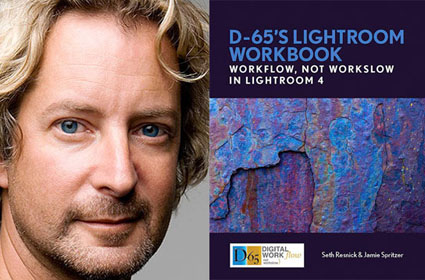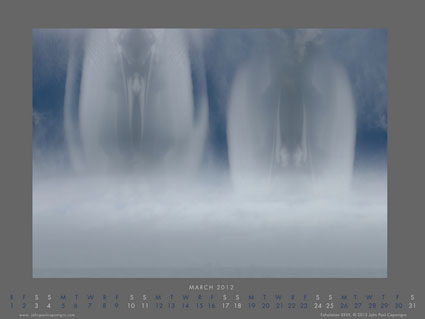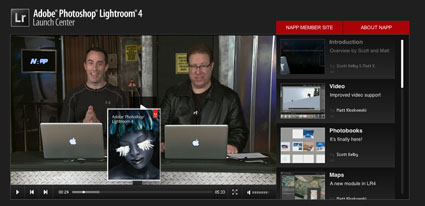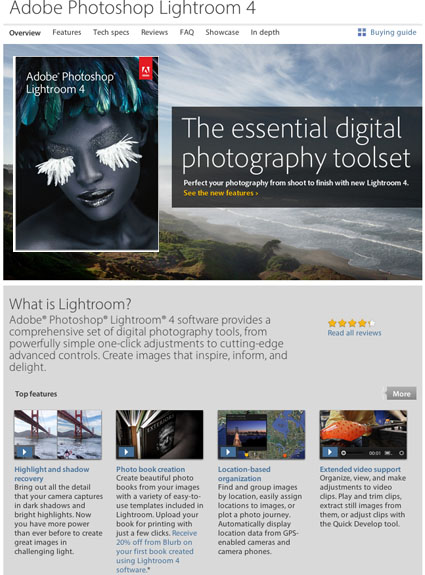The Essential Lightroom 4 Video Collection – Julianne Kost
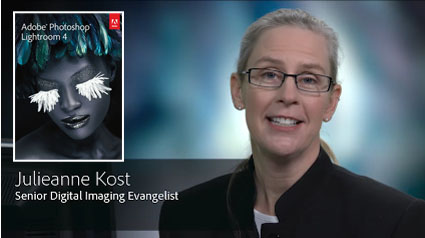
For many years, Adobe Evangelist Julianne Kost has had a well-earned reputation as one of the finest presenters in the industry. Her online videos series on Adobe TV will get you up to speed on Lightroom 4 in short order.
I’ve selected her videos, which offer essential information every user should know. This is the content I recommend my workshop participants know before they arrive.
View this collection now.
View more Lightroom videos by Julianne Kost here.
Plus, you can find more tips on Julianne’s blog and Twitter.
Learn more in my digital photography and digital printing workshops.


